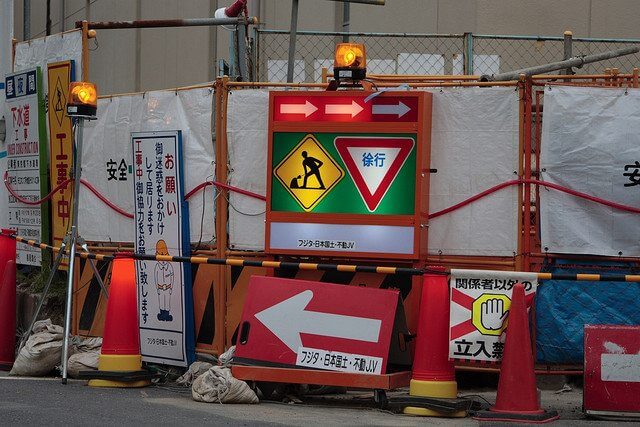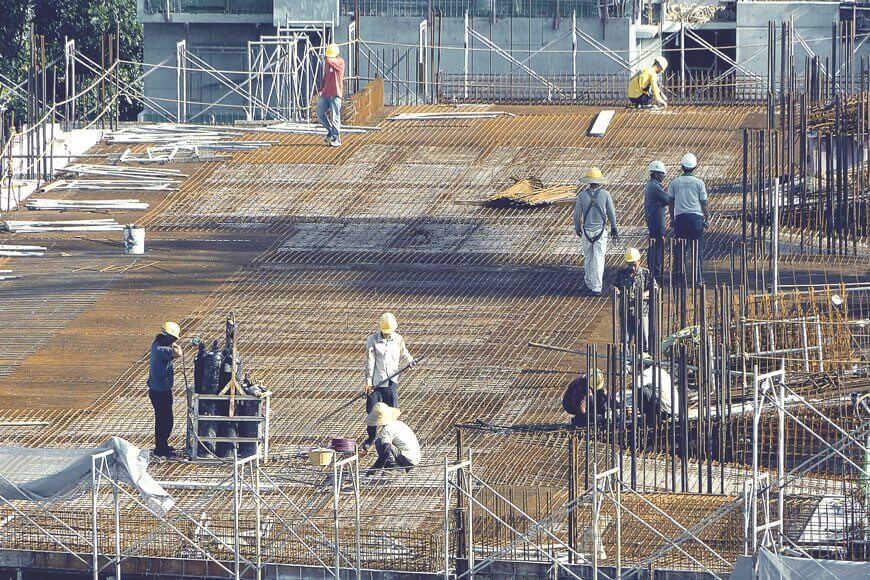The Basics of Construction Lien Waivers
Construction lien waivers are always present on construction projects, which is why everyone needs to be aware of what they are and how they work. Of course, there are different types of lien waivers and each one is unique in their own way. Construction companies must be aware of each one, so that they can minimize their financial risk.
Basically, a lien waiver is a document that is between the parties within the construction industry for the payment process. The person who is receiving the payments needs to sign the lien waiver in exchange for the payment. This will keep them from being able to file a mechanics lien. Those making the payments may also need to sign a lien waiver, as it usually speeds up the entire payment process for those who are waiting for their money.
Lien waivers are wonderful, because they can assist in building beneficial relationships between those who are working together. After all, these lien waivers are mutually beneficial, so it is not like one party is asking for more than what the other party is offering. These waivers ensure that the payer doesn’t need to pay the payee twice and basically acts as a receipt for the money that is exchanged.
There are two different lien waivers, the conditional waivers and the unconditional waivers. The conditional waivers are put into place when something is completed, which in this case is when the payment is made. Unconditional waivers are effective as soon as the signatures are completed and never depend on when the payments are made or received.
Both those waivers have subcategories, which include waivers on final payment and waivers on progress payments. The final payment waiver is used when the payment for the entire contract is being paid at once, while the progress payment waiver is used when payments will be received in the future as monthly installments.
It is usually better for both parties involved to exchange a conditional waiver, because it protects both the payer and the payee. The party receiving the money can file a lien until they cash the check that they receive. However, at the same time, the person who paid will be protected from ever making a double payment for the work that they had completed. This means that once they pay the person that they hire, they will never need to worry about anyone putting a lien on the building for the work that they had completed. Therefore, if the person that they hire did not pay any of the subcontractors, those subcontractors cannot file a lien against the property.
If a lien does need to be filed, then a notice of intent, or NOI, needs to be used. The NOI will state that if payment is still not made within a certain amount of time, then a lien will be filed. The lien waivers that were created can either make these NOIs possible to send out or they can prevent the lien from being placed completely. That is why it is important for everyone to be aware of what type of lien waiver they are agreeing to. The wrong one can cause issues for many years and cause numerous hassles and court dates.
Once a project is completed and everything has been paid, a contractor should fill out a final release and waiver of lien form. This form will state that the work has been completed and that the payment has been received. Many people may not think that this form is necessary, but it can be used in court to document that a lien should never have been placed on the building in the first place. Therefore, no one should refuse a copy of this form or misplace it at any time.
No one should ever ignore a lien that has been placed on their property, because it will make it impossible to sell or refinance the property in the future. Plus, if the lien is ignored too long, the owners could be forced by the courts to sell the property to pay off the lien. Liens will also cause credit scores to decrease and will remain on a credit report for many years in the future.
Not everyone is a fan of construction lien waivers, but since they are beneficial to everyone, it is usually best to write them up and get them signed. That small gesture from both parties will ensure that everyone is on the same page as the work progresses.




